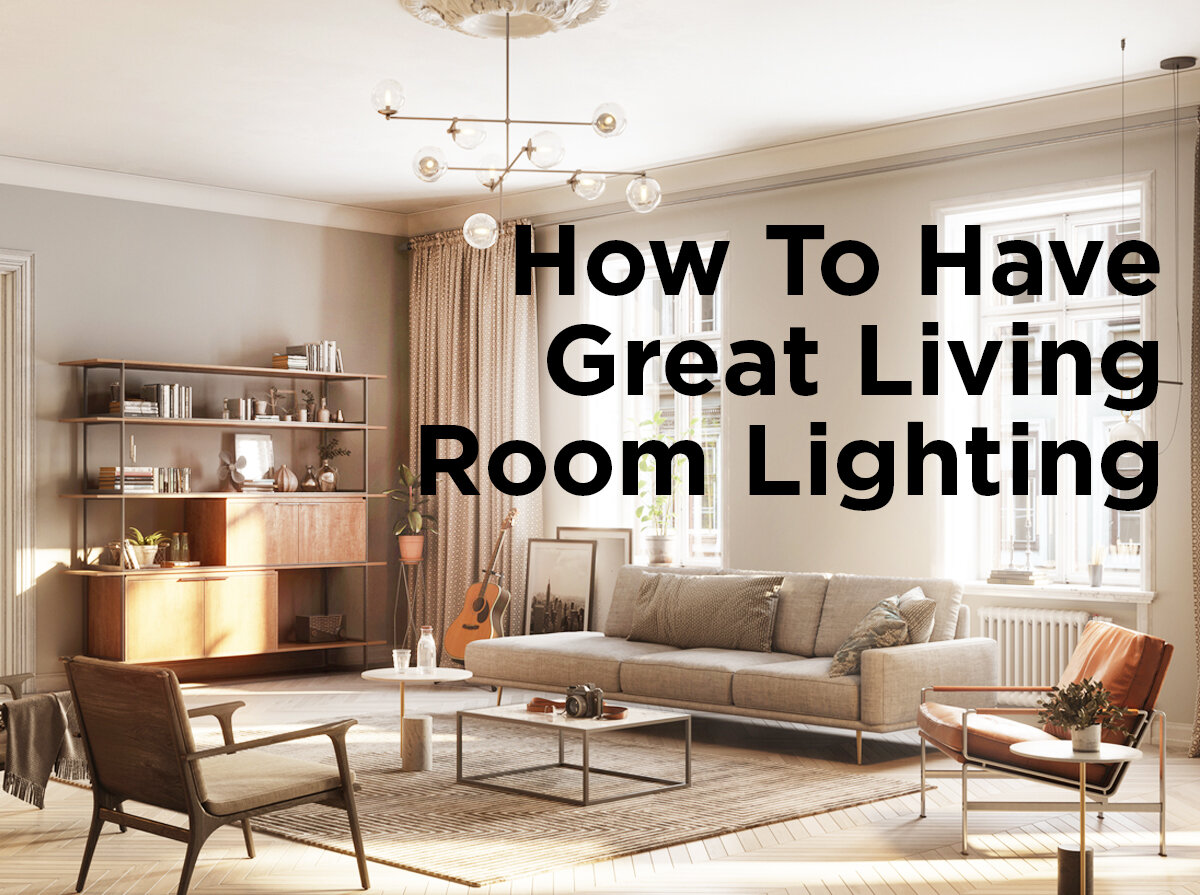LED Troffers vs Fluorescent Troffers
Fluorescent troffers are practically synonymous with commercial lighting in the U.S. Think of all the doctors’ offices, classrooms, buildings and workplaces in which you’ve seen these lensed fixtures emitting bright, fluorescent rays above your head. In recent years, however, fluorescent troffers have been either retrofitted or replaced with LED troffers in many commercial spaces. But is a change in light source the right solution for your business?
Troffers
Troffers are types of light fixtures that are primarily used in commercial buildings. Considered to be a form of task lighting, they are set inside ceilings to provide illumination. Troffers are typically laid out in multiples throughout a room to create more even and widespread distribution of light. Commercial lighting, particularly in offices, is meant to provide workers with steady, well-distributed light that will not cause glare that can interfere with computer work. The increased, uniformed illumination from lighting in offices is meant to help with improved visibility and productivity. Though troffers are usually recessed lights situated just above the ceiling grid, they are also offered as surface mount ceiling boxes for ceilings without the room for a recessed bay. Mostly used within the industrial settings of interior spaces, recessed bays are the fixtures used to house fluorescent lights where the ceiling is over 20 feet high. Most fluorescent troffers operate with the use of a ballast while LED troffers do not need a ballast. However, both LED and fluorescent troffers use lenses to hold and distribute lighting.
Fluorescent versus LED Troffers
Although fluorescent troffers are a common source for office lighting, they do pose some issues. Fluorescent lights have a shorter lumen life than LEDs. For example, fluorescent tubes generally have an average life span of 10,000 hours, whereas the average life span of LED tubes is 50,000 hours. As lumen life decreases, lighting must be replaced, which can become costly over an extended period of time and could interfere with worker productivity due to lack of proper lighting and slower performance. Since LED tubes and troffers are able to maintain a longer lumen life, upwards of 100,000 hours, they will need to be replaced less often, making LEDs a more energy efficient and cost-effective choice for companies.
Fewer issues with troffers can also help increase productivity in office settings. For example, according to a report by the American Society of Interior Designers (ASID): “A growing body of research links the presence of glare, caused by light bouncing off the VDT screen and directly into a user’s eyes, and various productivity-robbing conditions, including severe eye strain, headaches, discomfort and fatigue. These problems impair performance and require the worker to take more frequent breaks away from the screen.” Using recessed LED troffers can provide a more balanced and comfortable lighting design that does not cause issues for workers and actually helps them to focus on tasks better than fluorescent lighting troffers.
LED troffers can serve a variety of purposes, and can even work in enhancing the architectural and interior design of a commercial office space. LED troffers help to provide better lighting, extended periods of illumination and can help companies save more energy than fluorescent lighting and troffers. Retrofitting troffers from fluorescent to LEDs is always an option for improving your task lighting. Choosing the right troffers for office spaces, classrooms and other commercial establishments can mean the difference in increased or lackluster productivity. Where are some places you think LED troffers could be helpful? Shoot us a comment below or as usual pop over and talk to us on Facebook, Twitter, LinkedIn, Pinterest, or Instagram!







